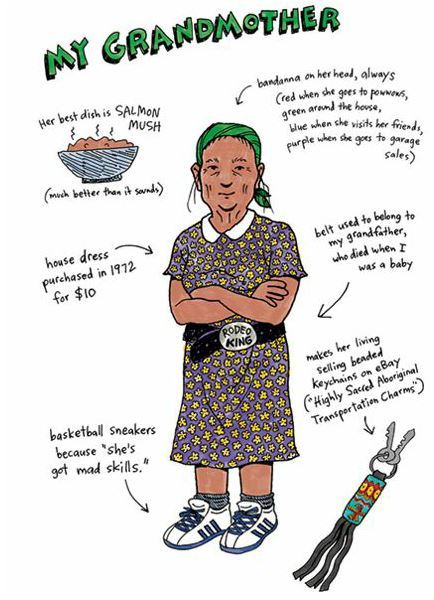
A colleague who’s new to the building is, above all, hilarious. I’m so glad he’s at our school and has the experience he does. We don’t get to chat as often as I’d like, as I’m teaching six out of six classes this year, and we don’t have common planning time. We do get to share ideas via social media, so before testing, I shared this image:

Those purple things are repurposed CD vinyl holders; in my cupboards, nearly a full box of various colors waited patiently for CDs/DVDs that would never be made again. Our new laptops don’t have DVD players in them, and now the staff scrambles for the external CD player. (Technology is weird that way.) During testing, we’re not allowed to hold cell phones in a shoebox with sticky notes on them, as we’ve done in years past, due to the new admin’s rules. They don’t want to be liable for any cell phones that may be lost or damaged during testing. Makes sense, and just because losing or damaging a cell phone has never happened in our building doesn’t mean it can’t or won’t. Not a ‘hill I want to die on,” so to speak. But if students didn’t put their cell phones in their lockers, they must turn them off and place them face down on the desks/tables in front of them. Seeing how students’ addiction to their phones causes them subconscious touching and turning over of phones, I needed to have a means to thwart them just a bit more, hence the plastic sleeves.
He asked me if I felt some sense of grand vindication that my teacher-hoarding had paid off!?
YES. YES, IT DID.
All year I felt like I was standing on a treasure trove of accessible and important curriculum/instructional ideas that were just out of reach, this nagging feeling that the time and year were too fragmented or…something. I could never put my finger on it. (Maybe because I have mountains of data in Google Drives, OneDrives, Dropboxes, and external hard drives.) Where did the time go? Nailing down multiple approaches to student learning is like hanging an octopus on the wall. No one agrees where it should go, and doesn’t make the room look any better.
via GIPHY Power Points from the Past….
This year because of other instructional directions I didn’t spend as much time on thesis and argumentative writing as I should have. I needed help and support: help in terms of not how to teach it, but in terms of our whole PLC working on it.
But here are some links and goodies. They are based on information that is open to the public. Use if you want, change, alter, etc., feel free. Email me with questions. Right now I just need to focus on getting through the end of the year with students and make them feel like they’re reading for high school because I can tell many do not. I’m going to listen to my instincts about that one. I know how they’re feeling now: scared, anxious, excited, and ready to move on. What is in the past will only inform the future, but the present needs my focus.
[embeddoc url=”https://blog0rama.edublogs.org/files/2017/05/Thesis-Lesson-xccwpq.pptx” download=”all” viewer=”microsoft” ]
[embeddoc url=”https://blog0rama.edublogs.org/files/2017/05/SBA-Brief-Write-v7ry8e.pptx” download=”all” viewer=”microsoft” ]
Multiple-Source Essay Writing PowerPoint
Common Core Thesis Lesson link
How to Write a Good Thesis Statement






